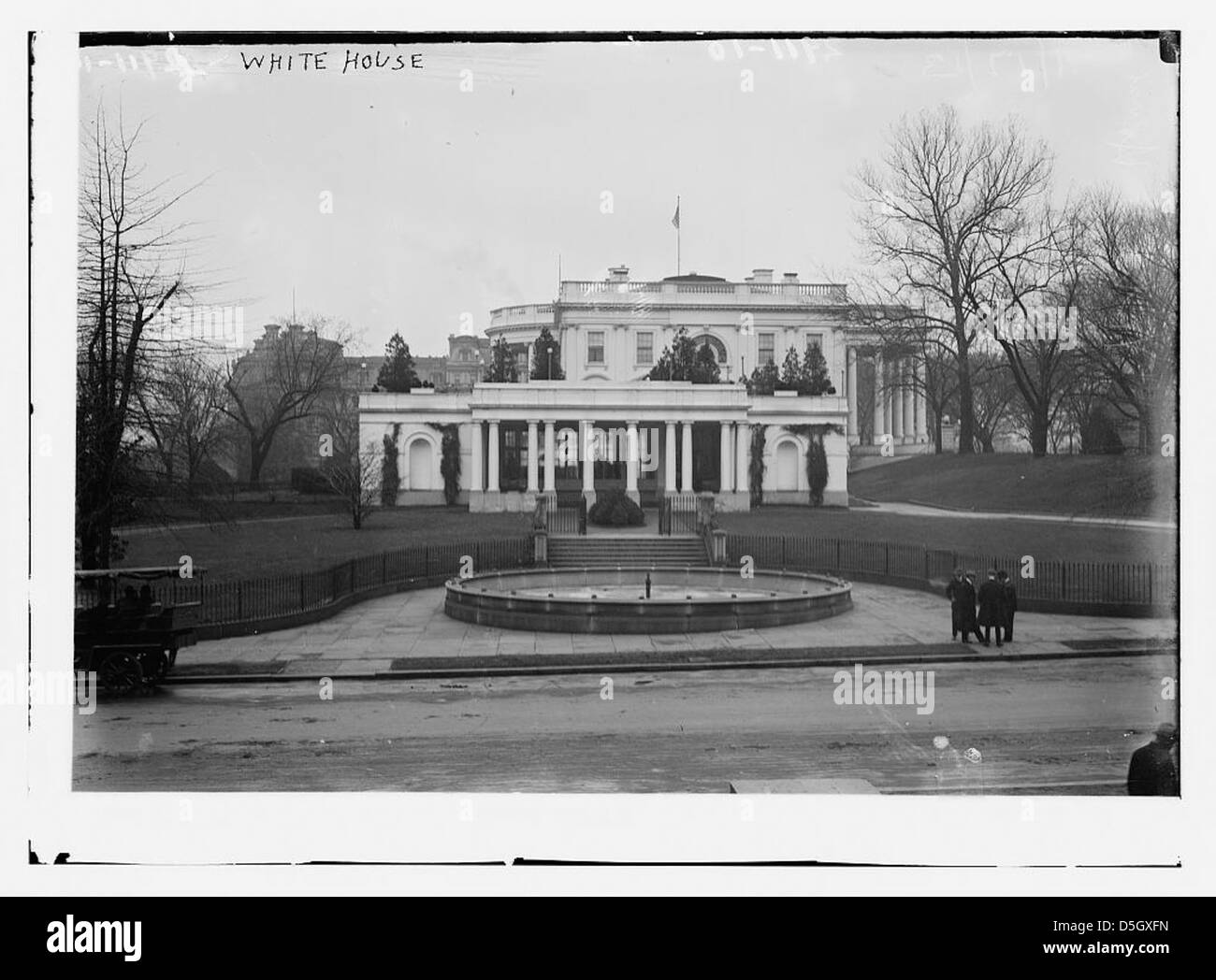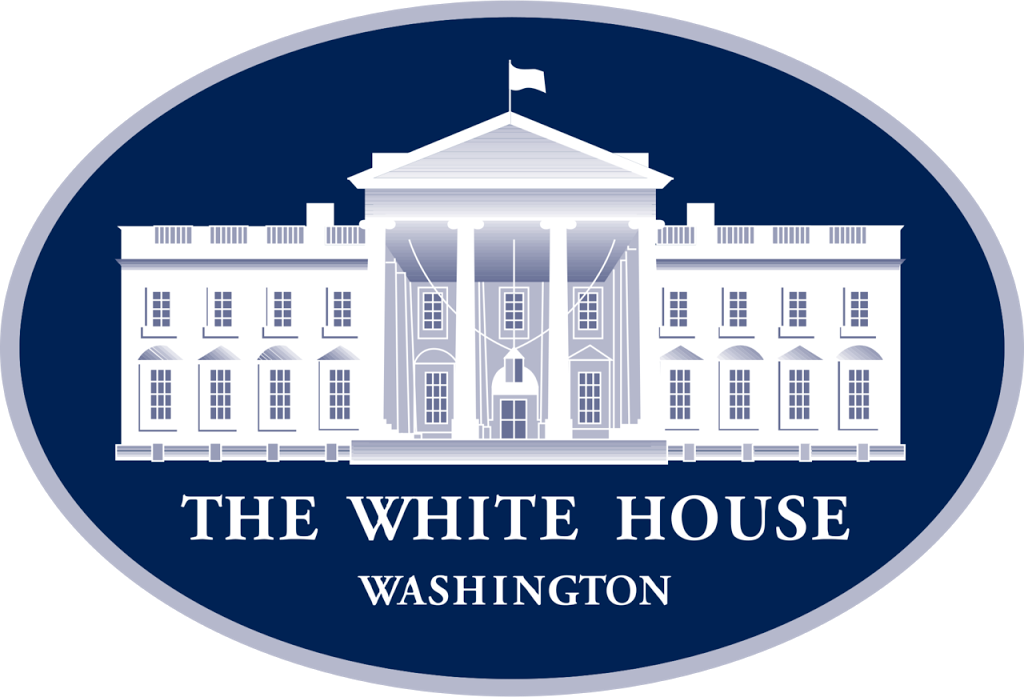Table Of Content

Washington, D.C., was named the new capital of the United States in 1790. The history of the White House begins two years later, when a contest was held to choose a design for a presidential residence in the city. President George Washington called for the residence to have “the sumptuousness of a palace, the convenience of a house, and the agreeableness of a county seat.” The contest was won by James Hoban, an Irish American architect. His design is said to have been suggested by the palace of the duke of Leinster in Dublin, Ireland. The site—about 1.5 miles (2.4 kilometers) west-northwest of the Capitol building—had been chosen by President Washington.
April 26, 2024 - Protests at Columbia and other schools escalate
Consistent with prior practices, public White House tour requests must be submitted a minimum of 21 days in advance and no more than 90 days in advance of the requested tour date(s). Reservations cannot be accepted for tour dates outside this 21 – 90-day window. We'll be in touch with the latest information on how President Biden and his administration are working for the American people, as well as ways you can get involved and help our country build back better. According to whitehouse.gov, members of the American public can tour the White House by scheduling a visit through their member of Congress. “There had been a pool inside the White House added by Franklin Roosevelt that he would use as exercise for his polio, but later, Gerald Ford wanted an outdoor pool,” says Fling. Ford’s pool was built on the South Lawn, and Roosevelt’s indoor pool was covered and turned into a press briefing room.
The Official 2024 White House Christmas Ornament
President James Monroe and his family were the first to occupy the reconstructed mansion, moving there in December 1817. Since then, nearly every president has made some change in the White House. The first water pipes were installed in 1833, gas lighting in 1848, an elevator in 1881, and electricity in 1891.
The Grounds
The East Wing was built during World War II in order to hide the construction of an underground bunker to be used in emergencies. The bunker has come to be known as the Presidential Emergency Operations Center. When Chester A. Arthur took office in 1881, he ordered renovations to the White House to take place as soon as the recently widowed Lucretia Garfield moved out.
With structural problems mounting from the 1902 installation of floor-bearing steel beams, most of the building’s interior was stripped bare as a new concrete foundation went in place. The Trumans helped redesign most of the state rooms and decorate the second and third floors, and the president proudly displayed the results during a televised tour of the completed house in 1952. The practice continued until 1885, when newly elected Grover Cleveland arranged for a presidential review of the troops from a grandstand in front of the White House instead of the traditional open house. President Bill Clinton briefly revived the New Year's Day open house in his first term. Ever since Theodore Roosevelt moved his workspace from the residence to the newly built West Wing in 1902, the two-story West Wing has been home to the U.S. presidential offices.
The history of the National Mall, from the White House to the National Museum of African American History and Culture - The Washington Post
The history of the National Mall, from the White House to the National Museum of African American History and Culture.
Posted: Tue, 23 Aug 2016 07:00:00 GMT [source]
In 1948, after engineers discovered the building to be structurally unsound and unsafe for habitation, Harry S. Truman ordered a complete gutting of the interior and a total overhaul of the building's structure and foundation. Truman and his family lived in Blair House across the street during the renovations. As the official workplace and executive residence of the president of the United States, the White House stands as one of the most famous, and recognizable, buildings in the world. But behind its stately neoclassical facade, details of its construction and history are far less well-known.
He was on a quest to expose mediums and psychics as the charlatans he believed them to be. Reflecting Americans’ belief in spirits unseen, some of the country’s first families held séances at 1600 Pennsylvania Avenue. They nursed their grief with the help of mediums, demonstrating that séances aren’t only about the deceased; they’re also about the living. From Mary Todd Lincoln to Jane Pierce, they were swept up in the spiritualism movement of the 19th century—a belief that living souls can contact the dead.

Give your handheld a little extra space with these SSD deals
It is also sometimes used for meetings with members of Congress or other groups. James Hoban, an Irish immigrant and architect hand-picked by President George Washington, designed the original building. After the British set fire to it in 1814, during the War of 1812, Hoban led the effort to rebuild the structure. More recently, a refurbishing of the Lincoln Bedroom begun during the Clinton administration was completed, and the refurbishment of the Green Room and East Room has begun. The White House is one of the first government buildings in Washington that was made wheelchair-accessible, with modifications having been made during the presidency of Franklin Delano Roosevelt, who needed to use a wheelchair as a result of his polio. Further improvements were made during the 1990s to ensure access for wheelchairs.
Biden Belfast Gaffe: The president claims Oval Office is located in the US Capitol - Fox News
Biden Belfast Gaffe: The president claims Oval Office is located in the US Capitol.
Posted: Wed, 12 Apr 2023 07:00:00 GMT [source]
The north portico was built in 1824, and though architect Benjamin Henry Latrobe proposed similar porticos during the rebuilding after the fire in 1814, both porticos were designed by Hoban. Contrary to a frequently published myth, the north portico was not modeled on a similar portico on another Dublin building, the Viceregal Lodge (now Áras an Uachtaráin, residence of the president of Ireland). The decorative stonework on both porticos was carved by Italian artisans brought to Washington to help in constructing the U.S. A small East Wing was first added in 1902 as an entrance to the White House.
The living quarters for the president and his family are on the second floor of the Residence. Until an extensive reconstruction beginning in 1902, the second floor also housed the executive offices, leaving little room for the family. Because of crowded quarters, four of Theodore Roosevelt’s children are said to have slept crosswise on Abraham Lincoln’s long bed. Over the years, the executive mansion has seen multiple renovations, including extensive work by Theodore Roosevelt in 1902, which included the installation of electric lights.
Early maps referred to the White House as the “President’s Palace,” but in 1810, the building was officially named “Executive Mansion” in order to avoid any connection to royalty. The residence has also been called “President’s House,” or “President’s Mansion.” In 1901, President Theodore Roosevelt changed the official name to “White House,” a moniker that had been used throughout the 19th century. Each president adds their own personal style to the workspace, choosing artwork from the White House collection or borrowing from museums.
The residence houses the president's home, and rooms for ceremonies and official entertaining. The State Floor of the residence building includes the East Room, Green Room, Blue Room, Red Room and State Dining Room. The third floor family residence includes the Yellow Oval Room, East and West Sitting Halls, the president's dining room, the Treaty Room, Lincoln Bedroom and Quenns Bedroom. George Washington did not enjoy the comforts of the famous house after he was inaugurated in 1789 because there was no capital city nor official residence. After the passing of the Residence Act, Philadelphia was the temporary capital where President George Washington stayed as the federal city was being built. Construction of the White House began after deliberations by the federal authorities and a design competition that determined the look of the White House.
The cornerstone was laid on October 13, 1792, and over the next eight years a construction team comprised of both enslaved and freed African Americans and European immigrants built the Aquia Creek sandstone structure. It was coated with lime-based whitewash in 1798, producing a color that gave rise to its famous nickname. Built at a cost of $232,372, the two-story house was not quite completed when John Adams and Abigail Adams became the first residents on November 1, 1800. In 1842 the visit to the United States of the English novelist Charles Dickens brought an official invitation to the White House. After his calls at the White House door went unanswered, Dickens let himself in and walked through the mansion from room to room on the lower and upper floors. Finally coming upon a room filled with nearly two dozen people, he was shocked and appalled to see many of them spitting on the carpet.

No comments:
Post a Comment